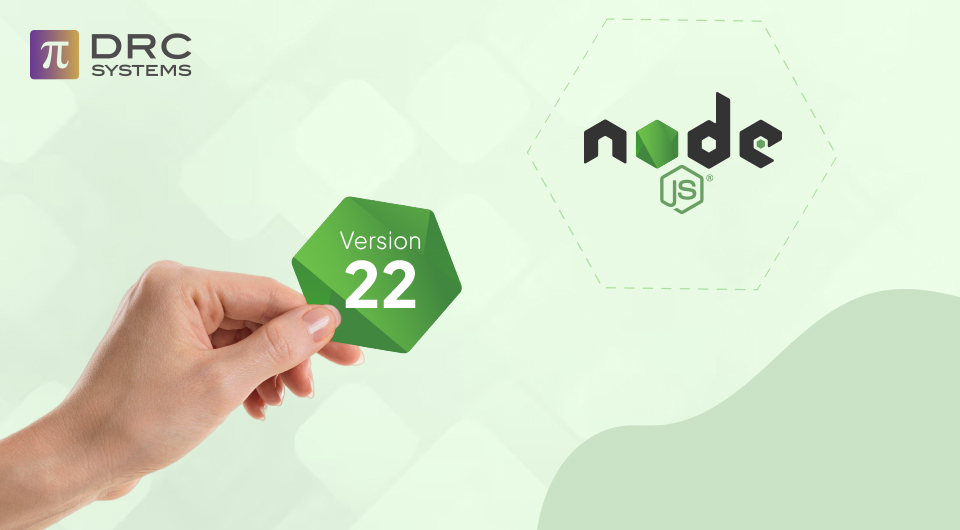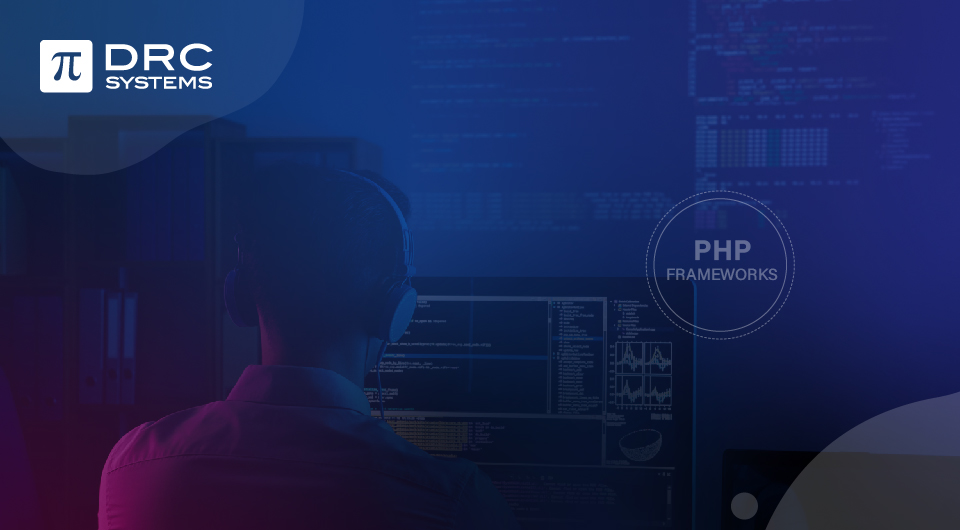Related Articles
The Benefits of Enterprise Solutions for Businesses and Their Types
Discover how enterprise solutions can benefit your business and which types are best suited for your business model.
Read The PostThe Best PHP Frameworks for Web Development.
Here are some of the most popular PHP frameworks for web development in 2024.
Read The PostTop 21 Disruptive eCommerce Web Development Trends for 2021
Discover 21 disruptive eCommerce web development trends to stay ahead in the industry and scale your business in 2021.
Read The Post


